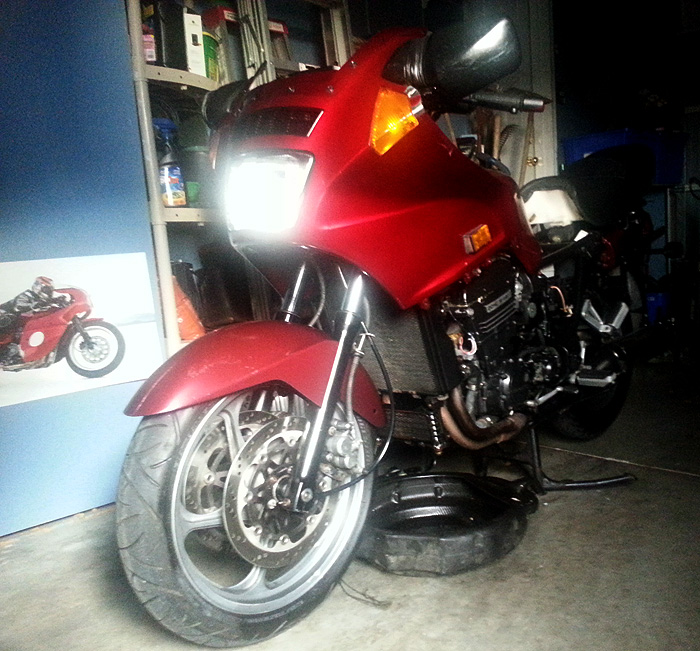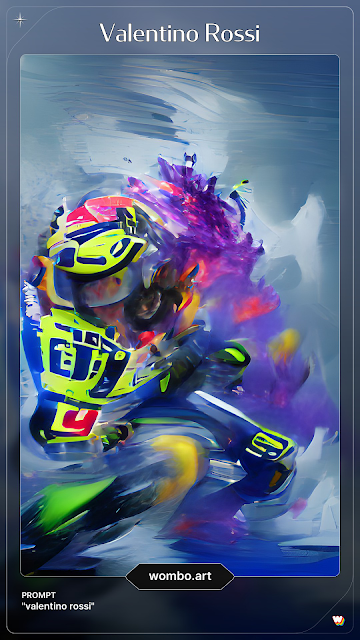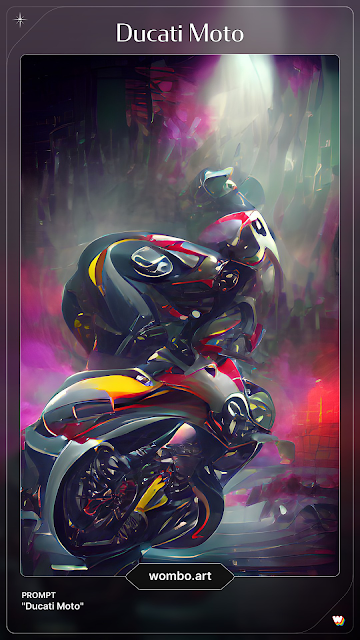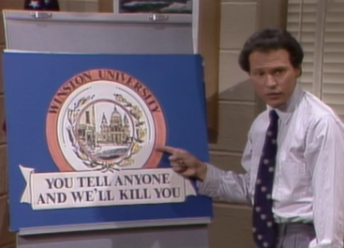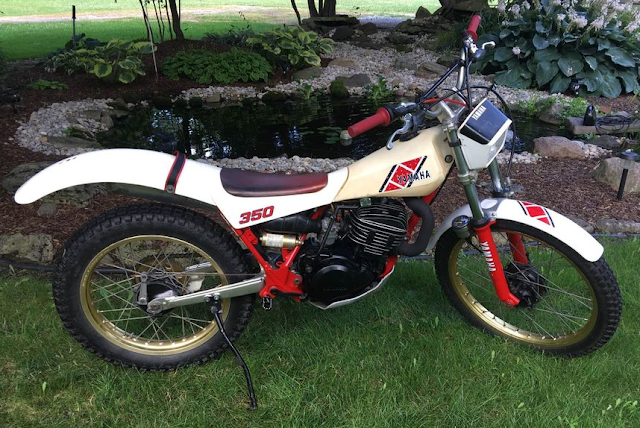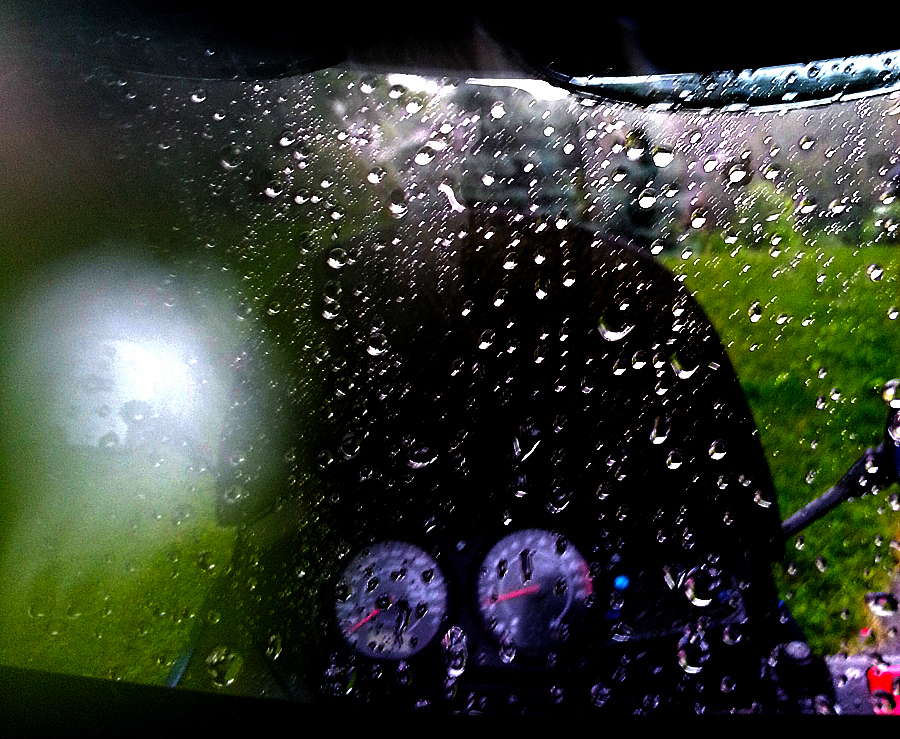I’m still working my way through
The Science of Well Being, an online psychology course done by
Doctor Laurie Santos out of Yale. This week she got into some neuroscience around how our minds work. I originally experienced this during my philosophy degree thirty years ago when I was introduced to
Bertand Russell’s Analysis of the Mind, which laid bare the mythology we erect around our thinking. By the end of Russell’s book I no longer believed in a consistent sense of self because such a thing is a social construct; we don’t inhabit our own being in anything like a consistent, always-on way. Most of our lives are run out of habitual reflex with little conscious direction. We only experience moments of conscious direction before falling back into habit, some more than others.

Santos describes this in neuro-scientific terms in The Science of Well Being as a kind of default neurological network that lights up in our brains when we’re not consciously doing something. The parts of the mind that activate during these non-conscious moments are the same parts that light up when we’re thinking about the past and/or future. Amazingly, we typically spend almost half our time in this state of reverie, out of touch with the world around us.
She goes on to describe this evolutionary process that appears to be unique to our species as a cognitive achievement, but one that comes at a great emotional cost. Research into this process has demonstrated again and again that living out of the moment makes us sad; a uniquely human melancholy that we all pay for if we want to be able to think beyond cause and effect, which has obvious benefits, though we still seem exceptionally bad at it.
Santos then explains how mediation and mindfulness can decrease the impact of that default reverie thinking process that makes us so unhappy while also providing all sorts of benefits like improved academic performance and mood. Mindfulness brain exercises proved more effective than nutrition or even sleep in improving cognitive performance, which raises some interesting questions around how we’ve arranged school to be almost intentionally non-meditative.
People who haven’t had a lot of experience with mindfulness and meditation often fall into the belief that mediation is just wallowing in that default thinking reverie, but it isn’t that at all. This was emphasized for me in a strange media-mix-up last week. My son Max and I have been working our way through The Midnight Gospel on Netflix, a surrealistically animated series of podcast interviews by animator Pendleton Ward and comedian Duncan Trussell.
If you’re willing to do the mental gymnastics necessary, The Midnight Gospel will introduce you to a truly meta piece of 21st Century media. The main character, voiced by Trussell, is a “space caster” who uses a universe simulator (he sticks his head into a giant vagina to activate it) to pop in to various realities where he interviews people. The interviews are the podcasts re-jigged to fit this new format.
We’ve watched episodes on everything from Buddhism and karmic rebirth to Aleister Crowley style occultism to an explanation of the bizarre nature of North American death rituals in the 20th Century, so other than a complex subject being unpacked by smart people, you don’t really know what’s coming at you next. This all happens while Yellow Submarine level psychedelic animation sometimes describes and sometimes does everything it can to distract you from what’s being said. We got to the season finale of The Midnight Gospel not knowing what’s coming (because it makes it clear that you can’t), but looking forward to it.
 The Silver Mouse is a breathtakingly personal finale where the animation suddenly clicks into gear with the story telling in the interview and amplifies it to such a degree that it left us speechless.
The Silver Mouse is a breathtakingly personal finale where the animation suddenly clicks into gear with the story telling in the interview and amplifies it to such a degree that it left us speechless.
Duncan made this interview with his mother, Deneen Fendig, just before she passed of terminal cancer in 2013, and it describes her coming to peace with her mortality through meditation. Duncan had always struggled with the idea of mediation, and Deneen’s honest, unpretentious guided meditation practice not only worked for him in the interview, but it also resonated with me on many levels.

The animation begins with Duncan as a young man and his mother as an older woman, but through the course of the episode she grows old and dies, only be reborn by Duncan himself so they can continue their conversation. As she grows up, Duncan grows into an old man and dies himself; it’s a beautiful representation of the circle of life, carefully crafted and delivered. For a man who lost his mother in difficult circumstances at around the same time Duncan lost his mum, it rocked me. I’m in tears now as I write this. I wish I could have had this conversation with my mum before she passed, but mental illness took her away from me long before she died.
Deneen’s wisdom in finding her way to a meditative awareness of not only her own being, but also to a sense of how it hangs in the firmament of the universe was told humbly, honestly and without pretense. That she found a tangible way of escaping the non-present ruminating mind wandering we all tend to fall back into was also inspiring. She doesn’t hang a lot of superstitious nonsense around the radical sense of self awareness that she uncovers in herself. Many people seem to cling to belief when facing the end that comes for us all, but not Deneen. Her bravery is inspiring and underscored for me the fact that we don’t have to believe in miracles and other historical fictions to realize our place in the universe and find peace in the face of death.
Between the psychology and science of The Science of Well Being course and the magical realism and stark emotional honesty of The Midnight Gospel, it has been a rich week of media empowered reflection that puts everything else that’s going on in perspective. To top it all off, Max and I got to watch a spectacular, once in a lifetime lightning storm blow over us the other day. My life feels unexpectedly rich at the moment.
Notes:
Science of Well Being, Mind Control: https://www.coursera.org/learn/the-science-of-well-being/lecture/58VUO/mind-control
The Midnight Gospels: Mouse of Silver:
original podcast: http://www.duncantrussell.com/episodes/2016/7/18/my-mom-part-2
Netflix animated series: https://www.netflix.com/title/80987903

